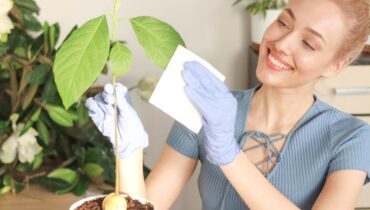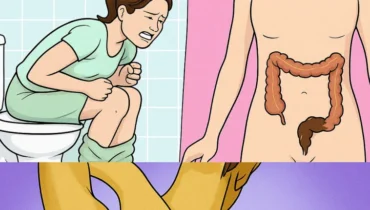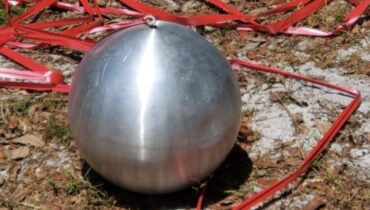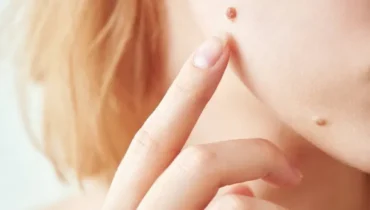📌 She tried this 10-minute lampshade trick and the vintage result has everyone asking: “Where did you buy that?”
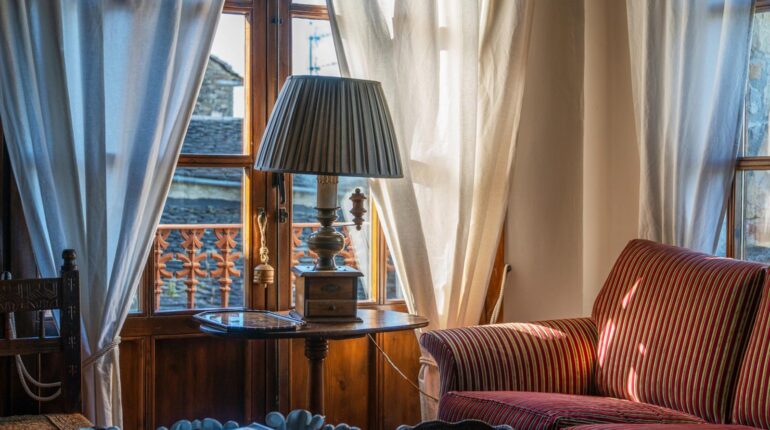
Posted 31 July 2025 by: Admin
Image d’illustration © TopTenPlay EN
The Pleated Lampshade Trend Revival
What was once dismissed as dated décor is now commanding premium prices in designer showrooms. Pleated lampshades have staged a remarkable comeback, transforming from vintage relics gathering dust in estate sales to coveted home accessories gracing the pages of interior design magazines.
This dramatic shift reflects a broader trend toward maximalist aesthetics, where homeowners increasingly reject minimalist monotony for pieces with character and texture. The pleated lampshade’s structured, dimensional appearance offers exactly what plain fabric shades cannot: visual intrigue and sophisticated detail that elevates any room’s ambiance.
Designer retailers have capitalized on this resurgence, pricing authentic pleated shades at premium rates that often exceed the cost of the lamp base itself. A single designer pleated shade can command hundreds of dollars, making this trend financially prohibitive for many homeowners seeking to refresh their lighting fixtures.
Yet the irony lies in the simplicity of the pleated aesthetic itself. What appears to be an intricate manufacturing process requiring specialized equipment is actually achievable through basic DIY techniques. The perceived complexity has inflated the market value far beyond the actual materials and skill required to create these coveted pieces.
This accessibility gap has created an opportunity for resourceful decorators. Rather than investing in expensive designer alternatives, savvy homeowners are discovering that the pleated look can be authentically recreated using common household supplies and minimal time investment, making luxury aesthetics attainable for any budget.
Image d’illustration © TopTenPlay EN
Essential Materials And Preparation
The beauty of this transformation lies not in expensive specialty tools, but in three basic materials you likely already own. A fabric of your choice, fabric scissors, and a standard glue gun represent the entire supply list required to achieve this designer aesthetic—proving that luxury looks don’t demand professional equipment or extensive craft experience.
Fabric selection determines both the project’s success and visual impact. Non-stretch, lightweight cotton emerges as the optimal choice, offering the perfect balance of durability and workability that heavier materials cannot provide. Its natural drape creates authentic-looking pleats while remaining manageable for DIY novices who might struggle with stiffer or more temperamental fabrics.
Budget-conscious decorators will appreciate that fabric scraps or off-cuts from previous projects work perfectly for this application. That remnant piece gathering dust in your sewing room could be the exact solution needed to elevate your lighting fixture. The relatively small surface area of most lampshades means even modest fabric quantities can complete the transformation.
Perhaps most remarkably, this entire project requires just ten minutes from start to finish. Unlike complex home improvement tasks that consume entire weekends, this hack delivers immediate gratification with minimal time investment. The simplicity of the process ensures that even those intimidated by DIY projects can confidently tackle this upgrade.
The accessibility extends beyond materials to skill level—no prior crafting experience or specialized knowledge is required to achieve professional-looking results.
Image d’illustration © TopTenPlay EN
Step-by-Step Creation Process
With materials assembled, the transformation begins with precise fabric cutting that determines your pleats’ final appearance. Using fabric scissors, cut your chosen material into uniform ribbon strips, keeping in mind that these dimensions directly control the finished pleat width. The mathematical relationship is straightforward: 4-inch strips will yield approximately 2-inch wide pleats once folded, allowing you to customize the visual density according to your aesthetic preferences.
The folding technique forms the foundation of this hack’s effectiveness. Fold each fabric strip precisely in half before beginning the wrapping process—this creates the dimensional depth that mimics authentic pleated construction. Without this crucial step, the fabric would lay flat against the lampshade surface, eliminating the coveted three-dimensional texture that defines genuine pleated designs.
Wrapping methodology separates amateur attempts from professional-looking results. Start at the top edge of your lampshade, securing the folded strip with hot glue, then work systematically around the circumference. The key lies in deliberate overlapping: each new section must cover the previous strip’s edge, creating seamless visual continuity while concealing any rough cuts or imperfections.
Strategic glue placement ensures lasting durability without creating visible attachment points. Apply hot glue sparingly at the top securing point and again when each strip reaches completion. The overlapping technique naturally reinforces these connections while maintaining the illusion of continuous pleated fabric rather than individual applied strips.
This methodical approach transforms ordinary lampshades through calculated precision rather than artistic intuition.
Image d’illustration © TopTenPlay EN
Finishing Touches And Styling Options
Once your methodical wrapping achieves the desired pleated appearance, strategic embellishments elevate the finished product from competent DIY to designer-quality statement piece. The most impactful enhancement involves adding decorative border strips at both the top and bottom edges of your newly transformed lampshade.
This professional finishing technique requires tucking additional fabric strips underneath each edge, creating clean boundaries that frame the pleated surface. The border effect conceals any irregular edges while establishing visual weight that grounds the entire design. These finishing strips should complement rather than compete with your primary fabric choice, maintaining tonal harmony throughout the composition.
For those seeking bolder visual impact, contrasting trim opens creative possibilities that transform conservative updates into striking focal points. Lightweight velvet represents an exceptional choice for vintage-inspired aesthetics, adding tactile richness that reinforces the pleated lampshade’s traditional heritage while satisfying contemporary luxury expectations.
The versatility of this finishing approach extends beyond fabric selection to encompass diverse styling applications. Thrifted lamps particularly benefit from these customization options, as strategic trim choices can bridge gaps between existing décor elements and newly introduced design statements.
Consider metallic braiding for modern interiors, natural fiber trim for bohemian spaces, or coordinating solid colors for minimalist environments. Each finishing choice reshapes the lampshade’s personality while maintaining the underlying pleated structure that defines this transformative technique.
These final details determine whether your creation appears handmade or professionally crafted, making thoughtful finishing selections essential for achieving sophisticated results.

